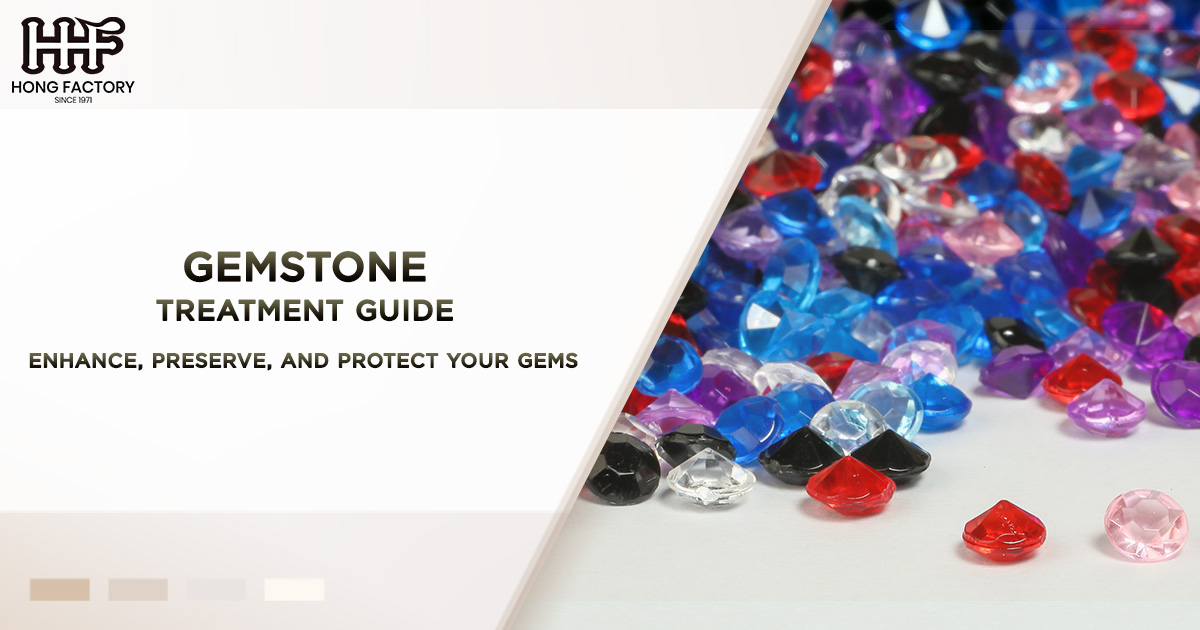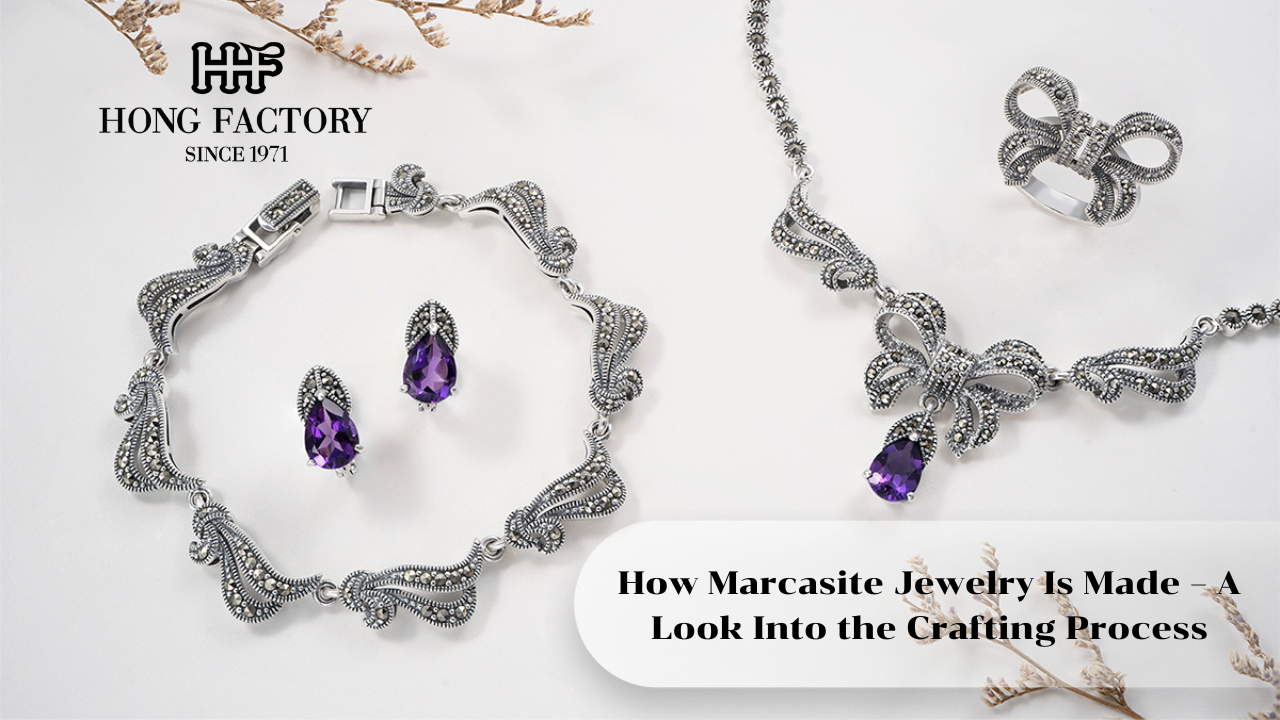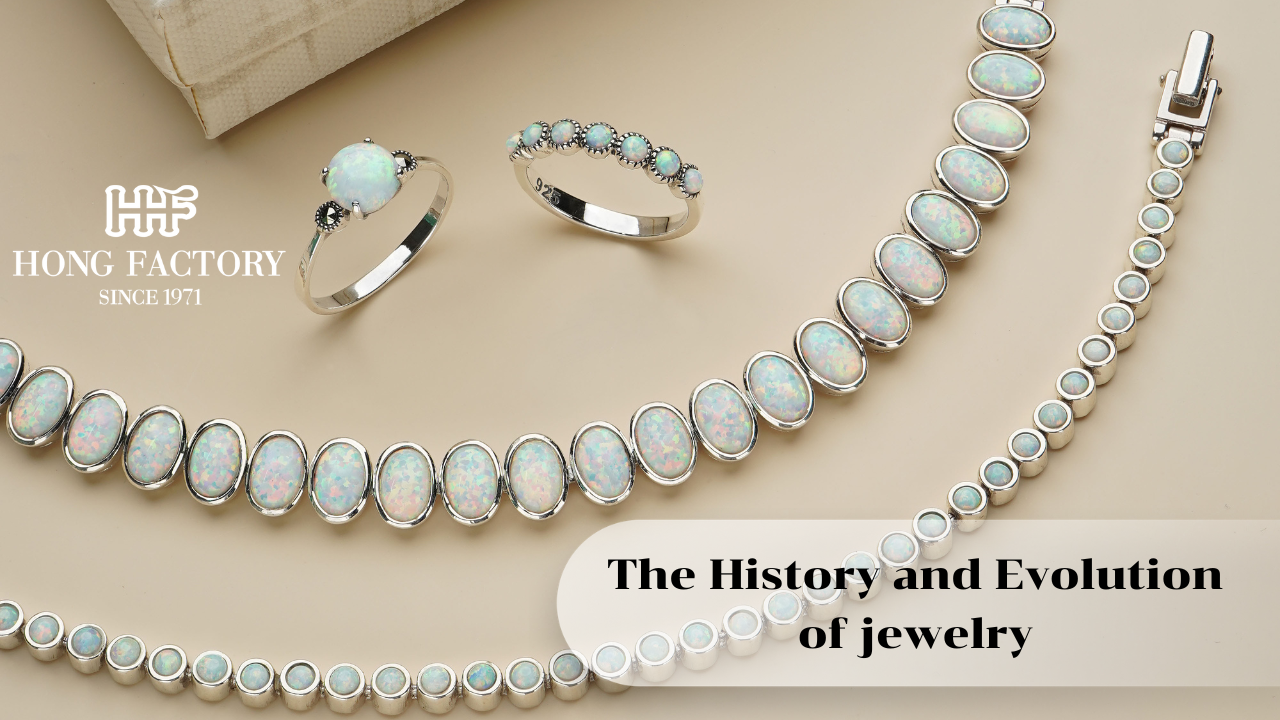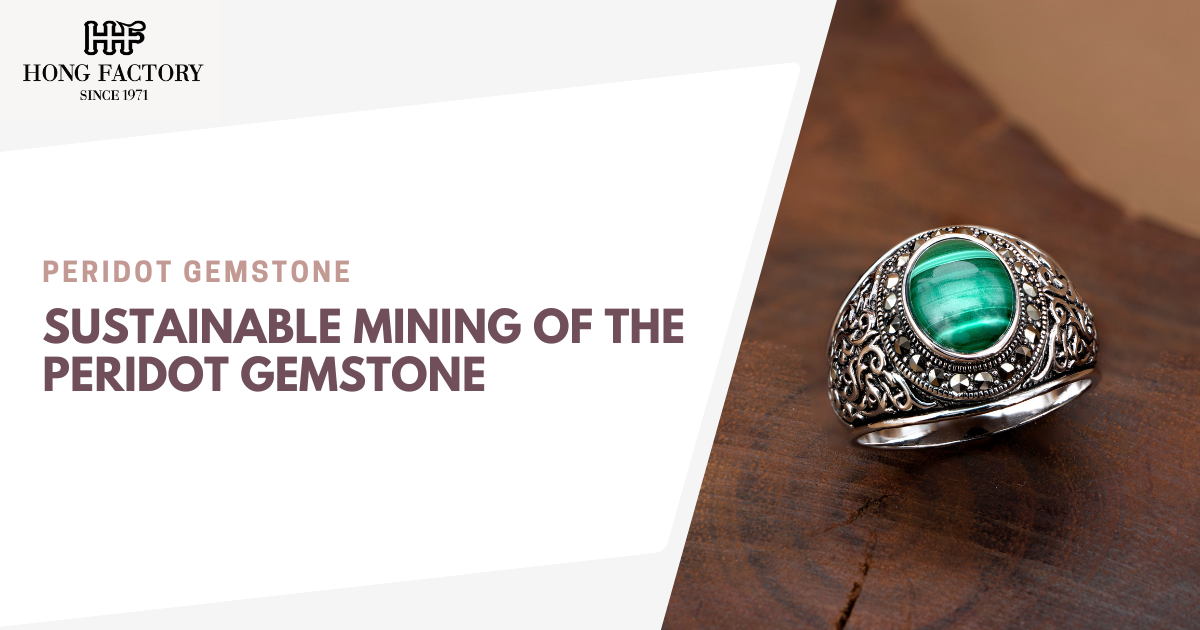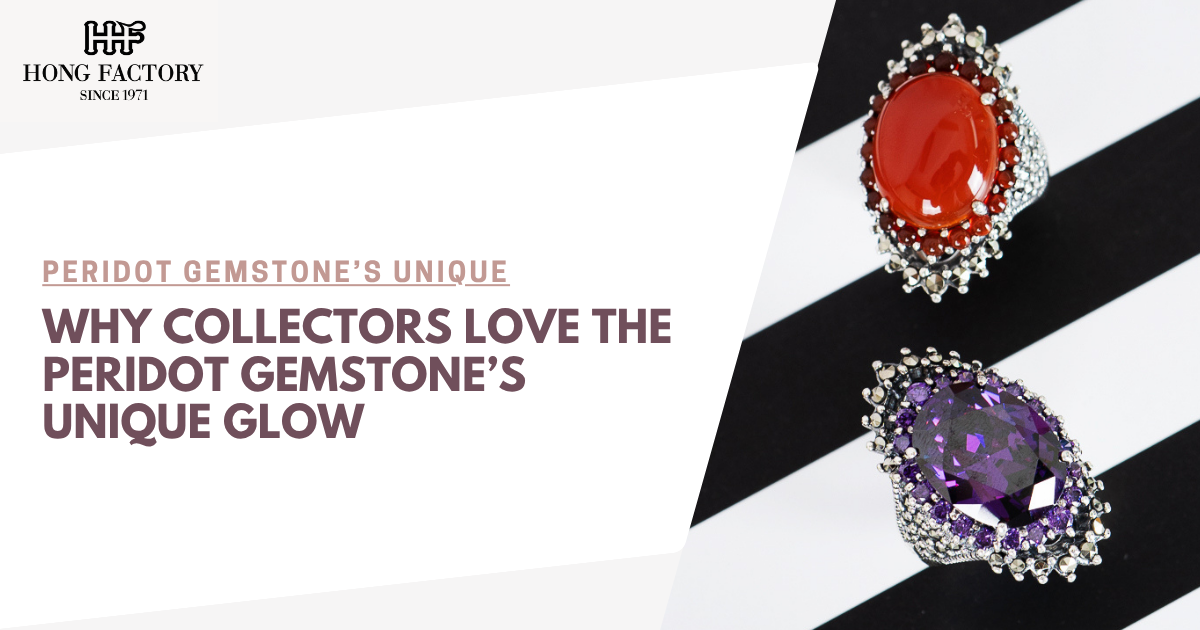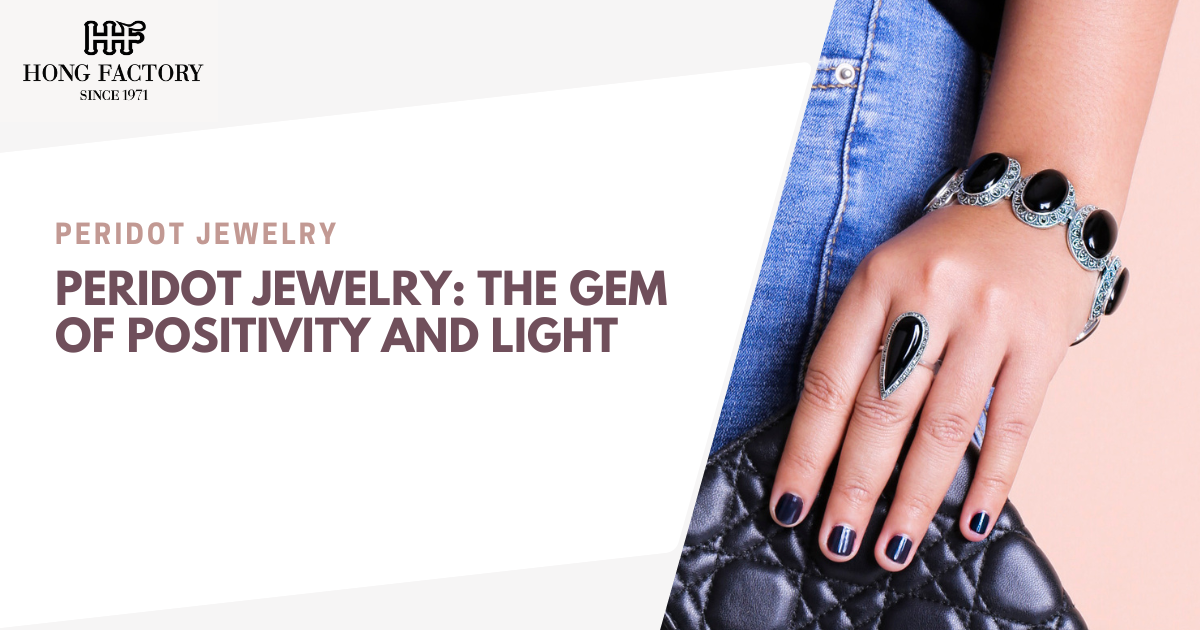Gemstones have captivated humanity for centuries, not only for their beauty but also for their perceived value and meaning. However, many gemstones undergo various treatments to enhance their color, clarity, and overall appearance. Understanding these treatments is crucial for anyone interested in purchasing or caring for gemstones, as it can significantly impact their value and longevity. In this comprehensive guide, we will explore common gemstone treatments, methods for detecting these enhancement, their implications on value, and the necessary disclosure practices to ensure transparency in the gemstone market.
Common Treatments
Gemstones can be subjected to numerous treatments that enhance their natural qualities. Here are some of the most common enhancement
- Heat TreatmentHeat treatment is one of the most widely used methods to enhance the color and clarity of gemstones, particularly sapphires and rubies. By applying controlled heat, unwanted colors can be removed, and more desirable hues can be intensified. This treatment is generally stable and considered acceptable in the gemstone industry. However, it must be disclosed to potential buyers.
- Irradiation
Irradiation involves exposing gemstones to radiation to alter their color. This method is commonly used for diamonds, topaz, and other stones. While some changes are permanent, others may fade over time or when exposed to heat. As with heat treatment, irradiated gemstones must be disclosed to the consumer.
- Oil and Resin Treatment
Oiling is frequently applied to enhance the clarity of emeralds, while resin treatments can be used for jade and other stones. These treatments fill surface fractures and improve the gem’s overall appearance. Although oiling and resin treatments are widely accepted, they can affect the gem’s durability and require proper maintenance.
- Dyeing
Dyeing is used to enhance or change the color of gemstones such as agate, jade, and quartz. Dyes can create vivid colors but may not be as stable as other treatments. It is crucial to disclose dyed gemstones because they can be easily misrepresented as natural.
- Laser Drilling
This advanced technique is used to remove inclusions from diamonds and other gemstones. A laser creates a small tunnel to the inclusion, allowing for bleaching or filling. This treatment is effective but can impact the gemstone’s value if not properly disclosed due to the alteration of its natural state.
Detection Methods
Being able to identify whether a gemstone has undergone treatment is essential for appraisal and investment. Here are some methods commonly used to detect treatments
- Microscopic Examination
A skilled gemologist can often identify treatments through microscopic examination. Under magnification, certain indicators like color zoning, bubbles in filled fractures, or unnatural color patterns can reveal enhancement.
- Spectroscopy
Spectroscopy is a scientific method that analyzes how a gemstone interacts with light. Different treatments can alter the gemstone’s absorption spectrum, which can help identify heat-treated stones versus their untreated counterparts.
- Refractive Index Testing
Different treatments can affect a gemstone’s refractive index (RI). By measuring the RI, gemologists can often deduce whether a gemstone has been enhanced, especially in cases like oiling or dyeing.
- Chemical Tests
Some treatments can be detected through chemical testing. For instance, the presence of certain dyes or fillers can be analyzed, offering clues about a gemstone’s treatment history.
- Modern Technology
Advancements in technology have introduced high-tech methods for detecting treatments, including x-ray fluorescence and scanning electron microscopy. These techniques provide deeper insights into the gemstone’s structure and treatment history.
Value Impact
The treatments a gemstone undergoes can dramatically impact its market value. Here’s how each treatment can affect pricing
- Market Acceptance
Some treatments, such as heat treatment, are generally accepted in the market, and thus the impact on value may be minimal. However, treatments perceived less favorably—like dyeing or resin filling—can significantly lower a gemstone’s worth.
- Perception of Naturalness
Gems that are untreated or “natural” typically command higher prices due to their rarity. Consumers often prefer the idea of owning an unaltered gem, so any treatment can detract from its perceived value.
- Durability and Maintenance Concerns
Certain treatments can make gemstones less durable or require more maintenance. For instance, oil-treated emeralds can become clouded if not regularly oiled, diminishing their appearance over time. This potential for deterioration can reduce their resale value.
- Client Demand
Market trends influence consumer preferences significantly. If untreated stones are highly sought after, treated stones can see a decline in value. Conversely, innovations in gemstone treatments might create new demand for certain enhanced stones.
- Historical Data and Trends
Historical sales data often reflects the value impacts of treatments. Gemologists and jewelers closely examine market trends to appropriately price treated versus untreated stones.
Disclosure Needs
Transparency is paramount in the gemstone industry. Proper disclosure not only builds trust but also protects both buyers and sellers. Here are some key aspects of disclosure
- Legal Requirements
Many countries have regulations concerning the disclosure of gemstone treatments during sales. Sellers are often required to inform buyers of any treatments a gemstone has undergone. Familiarizing yourself with local laws can help ensure compliance.
- Ethical Standards
Beyond legal obligations, adhering to ethical standards is crucial. Responsible jewelers should always disclose treatments to their customers, ensuring that they can make informed decisions. This builds credibility and trust in the market.
- Documentation
Providing certification from a reputable gemological laboratory can act as proof of a gemstone’s treatment history. Certificates often detail the treatment status and help establish the gemstone’s authenticity and value.
- Consumer Education
Educating consumers about the existence and implications of gemstone treatments is essential. A well-informed customer can make better purchasing decisions, fostering a healthier gemstone market.
- Market Trends
Keeping abreast of market trends and fluctuations can help consumers understand how treatments impact value. Awareness of new advancements or changes in consumer preferences can also aid in future purchasing decisions.
Conclusion
Understanding the world of gemstone treatments is crucial for anyone looking to invest in or care for these precious stones. From common treatments and detection methods to their implications for value and the importance of disclosure, knowledge is key. By enhancing, preserving, and protecting your gems responsibly, you can ensure they remain beautiful and valuable for years to come. Whether you’re a collector, a jeweler, or simply a lover of gems, being informed about treatments, enhancement, and their value impacts will empower you to make better choices in your journey through the fascinating world of gemstones.

